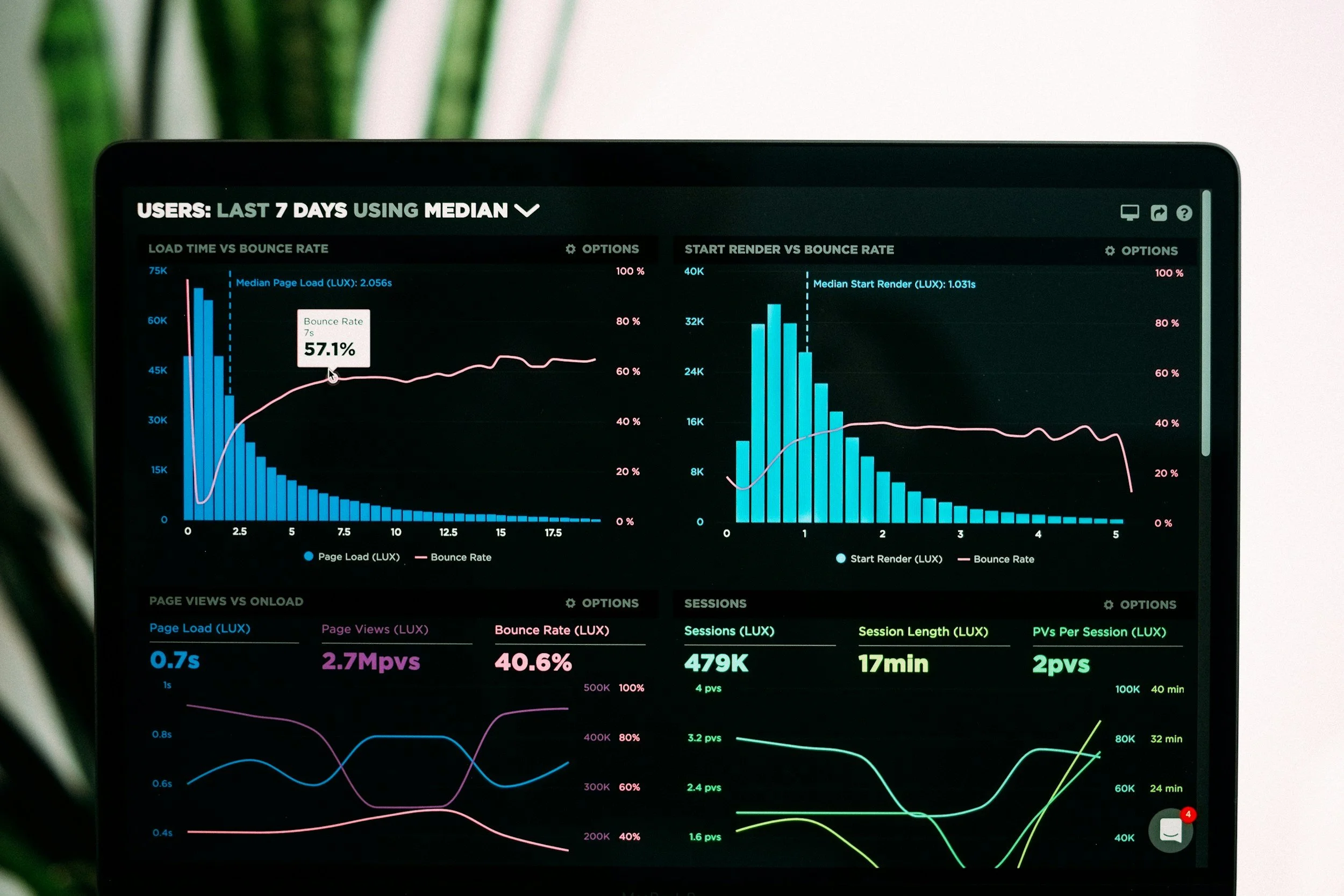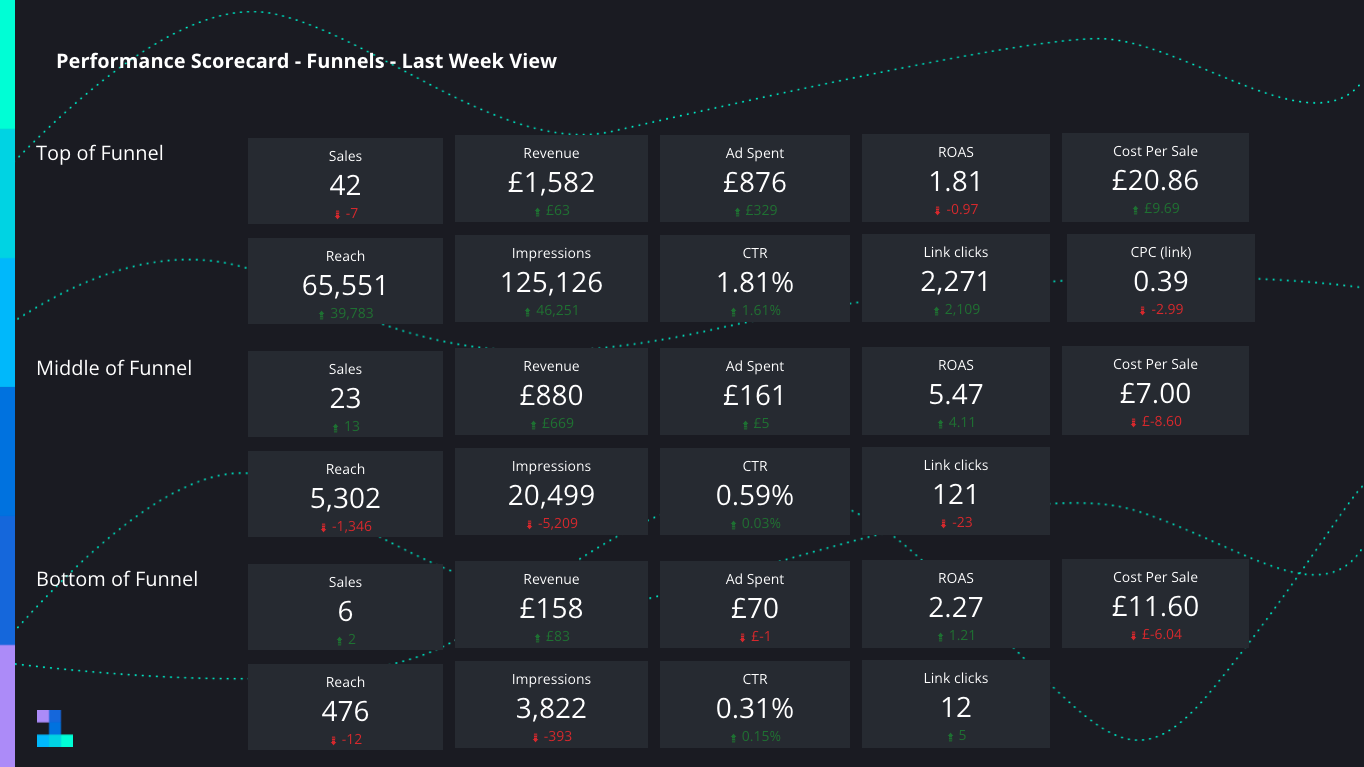Top 10 Killer Digital Marketing Stats 🔥
Top 10 Killer Digital Marketing Stats
Key Takeaways
AI, video and AR are redefining creativity and engagement – generative AI, short-form video, and augmented reality are now mainstream tools for discovery, persuasion and purchase.
Personalisation and omnichannel strategies drive loyalty – consumers expect seamless, tailored experiences across multiple touchpoints, with integrated data and CRM powering relevance.
Direct and conversational channels deliver ROI – email, SMS, and chatbot-driven messaging continue to outperform for retention, conversion, and bypassing crowded algorithms.
Digital marketing is moving faster than ever. The landscape is more advanced, personal, and data-driven than any time before. For marketers looking to stay ahead of the curve, we’ve compiled the top 10 digital marketing trends and statistics that are shaping global strategy. These aren’t just numbers; they’re insights into how consumer behavior, technology, and advertising platforms are evolving—and how you should adapt.
Let’s dive in.
1. Generative AI is Reshaping Marketing Content
Nearly 90% of marketers now use generative AI tools, with 71% tapping into them weekly and 20% daily. These tools have boosted productivity for 85% of users, powering everything from content ideation to campaign copy and visual generation. While only 6% of content marketers fully rely on AI to write articles, over 50% use it to brainstorm and optimize.
Why it matters: Smart marketers are blending AI’s scale and speed with human creativity. The future lies in AI-assisted content creation—not AI-only.
2. Influencer Marketing is Worth $32.5 Billion—and Growing
Influencer marketing is booming globally, with 86% of marketers planning influencer collaborations. Micro- and nano-influencers now dominate, making up 76% of creators. Most importantly, 67% of consumers demand genuine, unbiased influencer content—authenticity matters more than ever.
Why it matters: ROI is strong: $5.78 earned for every $1 spent. Long-term influencer partnerships rooted in trust outperform quick paid placements.
3. Social Commerce Crosses $1 Trillion Globally
Social commerce is expected to exceed $1.37 trillion in global spend. Platforms like TikTok, Instagram, and Pinterest now serve as both discovery and purchase hubs. In China, 84% of digital consumers shop via social media—and Western markets are rapidly following suit.
Why it matters: Brands must invest in shoppable posts, influencer-driven product discovery, and seamless in-app checkouts to capture this growing share of e-commerce.
4. The End of Third-Party Cookies is Driving First-Party Data Innovation
With Chrome finally deprecating third-party cookies, marketers are rethinking their data strategies. While 49% still rely on cookies, the shift to first- and zero-party data is accelerating. Yet only 16% of brands are effectively leveraging declared (zero-party) data.
Why it matters: Marketers must build stronger direct relationships with customers. Expect more loyalty programs, interactive surveys, and lead magnets designed to gather usable data.
5. Short-Form Video is the New King of Content
Short-form video is now the most used content format. With 91% of brands using video marketing, platforms like TikTok, YouTube Shorts, and Instagram Reels dominate attention. Ideal video length? Less than 2 minutes.
Why it matters: Marketers who think video-first—especially vertical, mobile-friendly, and captioned content—will win in a scroll-heavy world.
6. Personalisation Drives Loyalty and Revenue
95% of senior marketers say their personalization strategy is paying off. Consumers expect relevance—71% are frustrated by impersonal experiences. Yet only 60% of consumers feel brands are getting it right.
Why it matters: Hyper-personalisation across email, ads, and web experiences now drives conversion. AI and CRM integration make this scalable.
7. Omnichannel is Now the Standard
73% of shoppers are now omnichannel, expecting seamless transitions from social to web to store. Campaigns running across 3+ channels see a 494% higher order rate.
Why it matters: Brands must harmonise messaging across every touchpoint. The payoff? Higher retention (89% vs 33%) and lifetime value.
8. Conversational Marketing and Chatbots Go Mainstream
88% of global consumers have used chatbots, and 82% say they prefer messaging a bot over waiting on hold. Conversational commerce—buying directly through chats—is rising, especially among Gen Z and Millennials.
Why it matters: Smart brands are deploying bots for lead gen, customer service, and sales. SMS, WhatsApp and Messenger are critical tools in the marketing stack.
9. Augmented Reality is the New Try-Before-You-Buy
There are now over 1.7 billion AR-ready devices globally. From furniture to fashion, AR helps consumers visualise products—leading to 200% more engagement and higher conversion.
Why it matters: AR is no longer experimental—it’s practical. Retailers and D2C brands should integrate AR previews into shopping experiences to reduce returns and increase buyer confidence.
10. Email and SMS Still Deliver the Highest ROI
Email marketing continues to deliver—with an average ROI of $36 per $1 spent. Meanwhile, SMS and mobile messaging offer 35x higher open rates than email. More than half of Gen Z has made purchases via DMs or SMS.
Why it matters: Don’t underestimate direct communication channels. Owned lists, triggered campaigns, and coordinated messaging are essential to bypass platform algorithms and build real loyalty.
Conclusion
Digital marketing today is a blend of human creativity and intelligent automation. From video-first content to data privacy, the marketers who stay agile and embrace innovation—while staying rooted in strategy—will outperform. Whether it’s short-form content, shoppable social, or chatbot-led conversion flows, every channel has matured. The challenge is integration, personalisation, and customer-first thinking.
Stay ahead. Think global. Act human.
Ricardo Seixas is the CEO and Founder of One Day Agency, an integrated advertising agency focused on growth across digital, OOH, and media innovation.
To learn more about Digital Marketing Stats, get in contact today.












